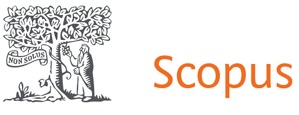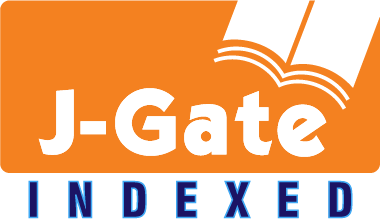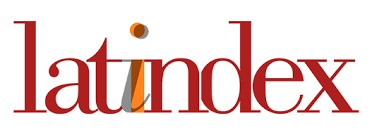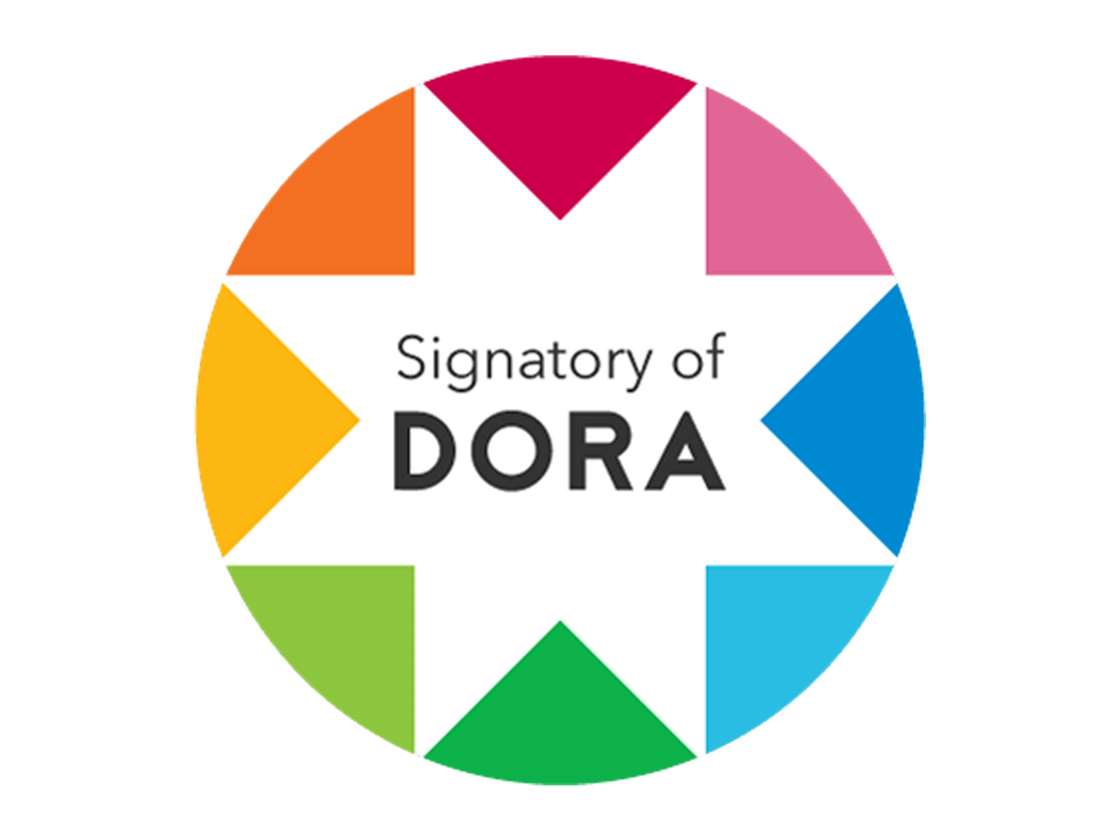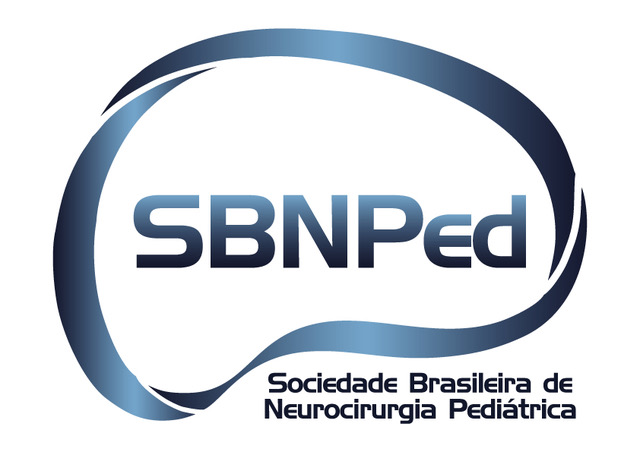Combined Anteromedial and Posteroventral Radiofrequency Pallidotomy in the Management of Severe Generalized Dystonia and Aggressivity in Lesch-Nyhan Syndrome
DOI:
https://doi.org/10.46900/apn.v7i3.316Keywords:
Lesch-Nyhan syndrome, dystonia, self-mutilation behavior, deep brain stimulation, connectivityAbstract
Background: Lesch-Nyhan syndrome (LNS) is a rare genetic disorder caused by a deficiency of the enzyme hypoxanthine-guanine phosphoribosyltransferase (HPRT). It typically presents in infancy with compulsive self-injurious behavior accompanied by severe generalized dystonia and dyskinesia. The clinical management of affected individuals is particularly complex and poses significant challenges for both healthcare providers and caregivers.
Objectives: Pallidal deep brain stimulation (DBS) has been described as an adjuvant surgical treatment in LNS. We report the use of combined anteromedial and posterolateral radiofrequency pallidotomy in a pediatric patient with LNS, targeting both the limbic and sensorimotor networks.
Methods: Preoperative and postoperative functional assessment data prospectively collected by a multidisciplinary motor disorders team, including neuropsychology and neurophysiology evaluations were analyzed with regards to motor and behavioral control. Additionally, advanced image processing was conducted to analyze network connectivity patterns.
Results: An adolescent male with LNS was submitted to a right-sided combined anteromedial and posteroventral RF pallidotomy and followed-up (FU) for 48 months. Functional improvement was observed right after the surgery and remained stable throughout the FU time. Structural connectivity profile revealed completely distinct networks targeted within the GPi in the management of his motor and behavioral manifestations.
Conclusion: Combined anteromedial and posteroventral RF pallidotomy may be considered as an option for managing refractory dystonia and self-harm behavior in LNS patients, especially in cases where invasive neuromodulation with deep brain stimulation is not available or desirable. A multi-disciplinary team-based approach is essential to achieve functional improvement and alleviate the overall disease burden for patients and caregivers.
Downloads
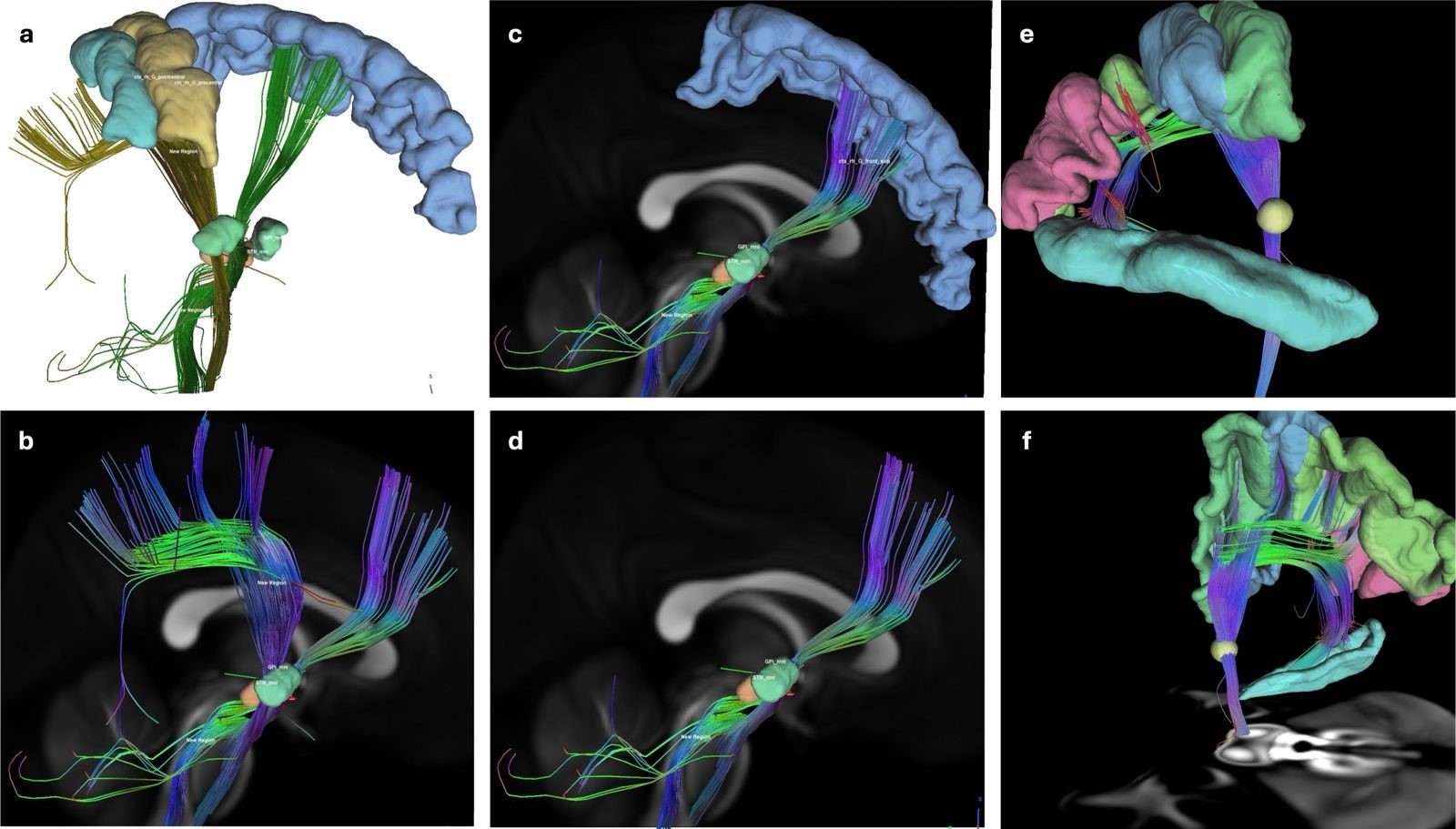
Downloads
Published
How to Cite
Issue
Section
License
Copyright (c) 2025 Luciano Furlanetti, Bernardo Assumpção de Monaco, Fabio Okuda Furokawa, Guilherme Corsaletti Gregório, Jessie Navarro, Ana Tereza di Lorenzo Alho, Bianca Dalmaso

This work is licensed under a Creative Commons Attribution 4.0 International License.

When publishing in Archives of Pediatric Neurosurgery journal, authors retain the copyright of their article and agree to license their work using a Creative Commons Attribution 4.0 International Public License (CC BY 4.0), thereby accepting the terms and conditions of this license (https://creativecommons.org/licenses/by/4.0/legalcode).
The CC BY 4.0 license terms applies to both readers and the publisher and allows them to: share (copy and redistribute in any medium or format) and adapt (remix, transform, and build upon) the article for any purpose, even commercially, provided that appropriate credit is given to the authors and the journal in which the article was published.
Authors grant Archives of Pediatric Neurosurgery the right to first publish the article and identify itself as the original publisher. Under the terms of the CC BY 4.0 license, authors allow the journal to distribute the article in third party databases, as long as its original authors and citation details are identified.









